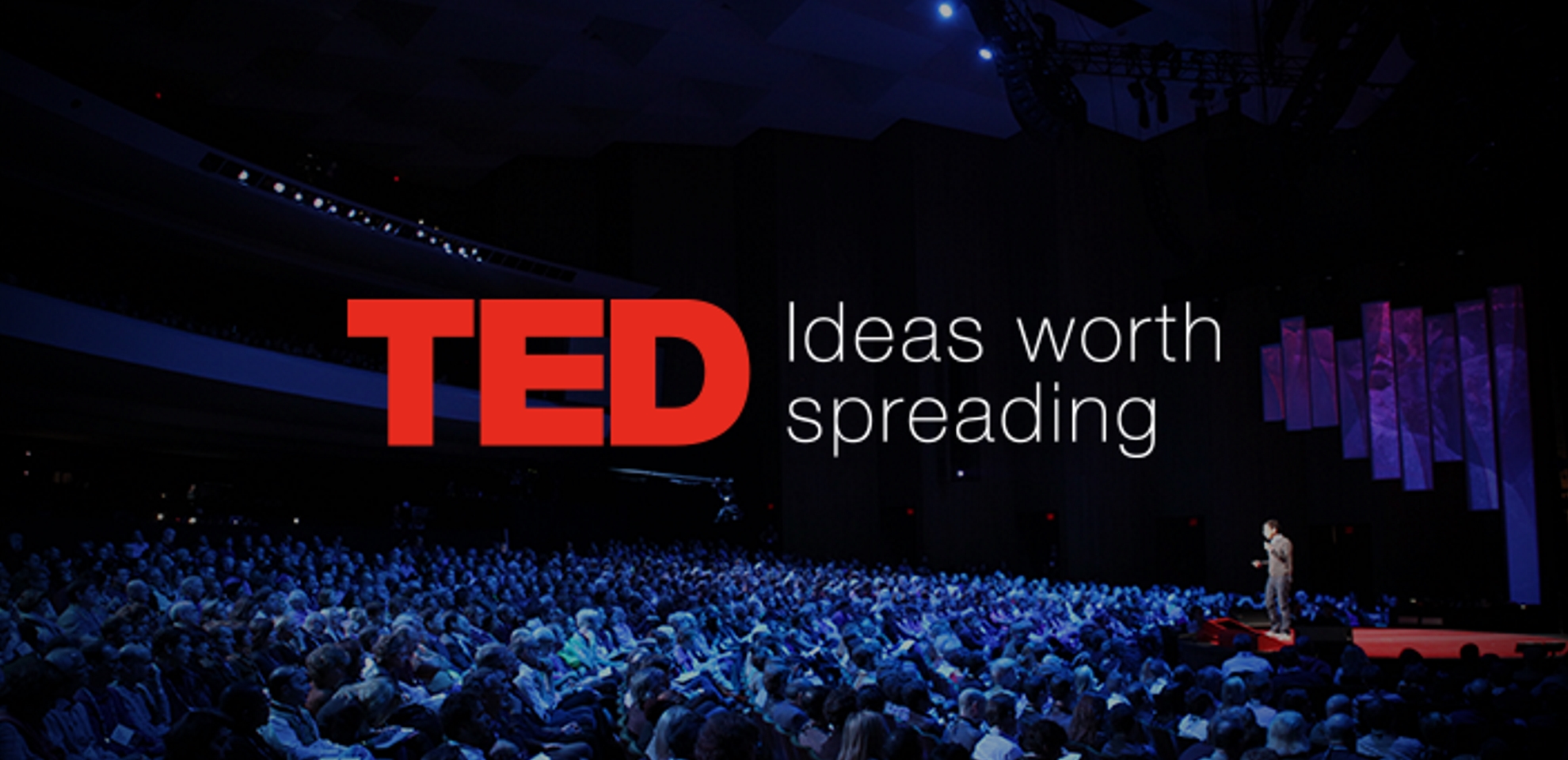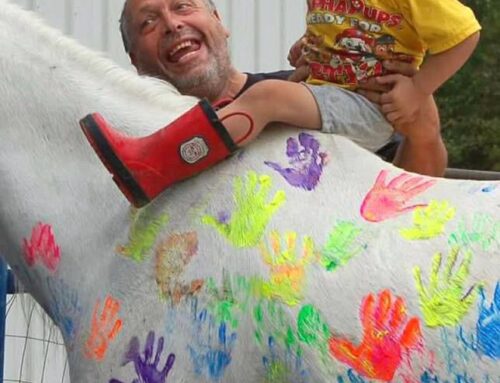TED was born in 1984 out of Richard Saul Wurman’s observation of a powerful convergence among three fields: technology, entertainment, and design. The first TED, which he co-founded with Harry Marks, included a demo of the compact disc, the e-book, and cutting-edge 3D graphics from Lucasfilm, while mathematician Benoit Mandelbrot demonstrated how to map coastlines using his developing theory of fractal geometry. Today, learn the basics of creating a TED Talk.
TEDx History Lesson
The first six TED Talks were posted online on June 27, 2006. By September, they had reached more than one million views. TED Talks are now popular. In 2007, TED relaunched its website around TED Talks. Additionally, this gave a global audience free access to some of the world’s greatest thinkers, leaders, and teachers.
The TED conference (which stands for technology, entertainment, design) began life in 1984 as a yearly and awfully expensive conference where industry leaders and creative types gathered to exchange “Ideas Worth Spreading.” Back then, it was all about the live experience, and speakers were expected to bring some quirky spontaneity to the stage.
Tedx In The Present
But fast forward more than 30 years, and TED has become an institution, spawning countless local “TEDx” events, putting hundreds of speeches online each year, getting millions upon millions of views, and changing the way we all think about public speaking!
A TED Talk is 18 minutes long—a length that was chosen by TED organizers based both on neuroscience and strategy. They understood that 18 minutes was long enough for a speaker to flesh out an idea but short enough that a listener could take in, digest, and understand all the important information.
Creating Your Ideas To Share
Create an idea. Write it down. Plan to inspire. It takes work to craft the talk, and then, even more, to make the delivery sound natural. Choose someone you trust and that understands how to give a TED Talk and rehearse with them. Practice, practice…
There are many theories on the best structure for a great presentation.
There is no single trick to it, but here is at least one structure that we have found to work particularly well:
- Start by making your audience care, using a relatable example, or an intriguing idea.
- Explain your idea clearly and with conviction.
- Describe your evidence and how and why your idea could be implemented.
- End by addressing how your idea could affect your audience if they were to accept it.
Whatever structure you decide on, remember:
- The primary goal of your talk is to communicate an idea effectively, not to tell a story or to evoke emotions. These are tools, not an end in themselves.
- Your structure should be invisible to the audience. In other words, do not talk about how you are going to talk about your topic – just talk about it!
A strong introduction is crucial. Draw in your audience members with something they care about.-If it’s a topic the general TED audience thinks about a lot, start with a clear statement of what the idea is.-If it’s a field they never think about, start off by invoking something they do think about a lot and relate that concept to your idea.
If the idea is something fun, but not something the audience would ever think about, open with a surprising and cool fact or declaration of relevance (not a statistic!).-If it’s a heavy topic, find an understated and frank way to get off the ground; don’t force people to feel emotional. Get your idea out as quickly as possible. Do not focus too much on yourself. Do not open with a string of stats
It is the “why” around our ideas that make them spread, not the “how.” Articulate the way so your audience understands what is magnificent about your big idea.
Check your time. Know how long your presentation is. First, do it blindly and not look at the clock. Then see how long it took you. Then do it with a clock running to see if you need to change the wording or content. Right before you go onstage (we are talking day-of), do one more timed rehearsal. This will ensure that you know the speech and that you are aware of where you might need to slow down or speed up.
Give your talk two natural ending points. Pick two natural places you could stop in your talk, then demarcate those as possible endings. That way, if you’re running way over, you can stop at your first ending point, and while your audience may miss out on some inspirational or emotional ending, they’ll have heard all of the most important information that matters.
Drop us a line! Get in contact with us about questions, comments, opportunities, ideas, you name it. Stay up to date on TEDx Events Orlando. So, invest in a community that believes in the power of “ideas worth spreading”. A community that is working to turn those ideas into realities.
You will help bring together corporations and individual change agents whose combined brainpower, passion, and commitment to purpose can spark new opportunities for Winter Park and Central Florida at large. Additionally, we are interested in leveraging innovative ideas, technologies, design, and education so to help create a better future for our community.
Share Your Ideas Now! – Creating a TED Talk and How Can I Join
You can become a speaker and TEDx presenter too. How? Well, one easy way is to keep in touch with TEDxWinterPark and see when we are going to host our next event. See what our theme is for this next event and apply to be a presenter. Let us know what you want to present and how it relates to our theme. Let us know what might make you an expert on the topic you want to speak about. Email us at info@tedxwinterpark.com or reach out to us on our social media.


